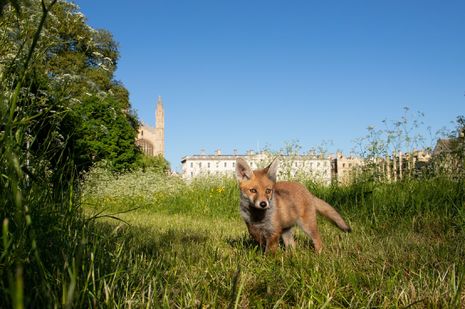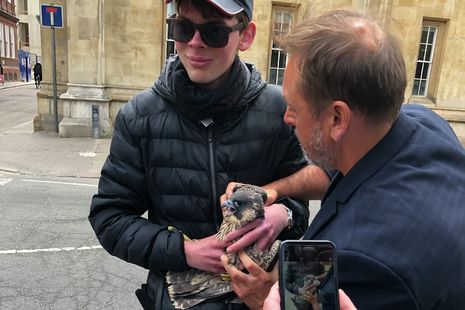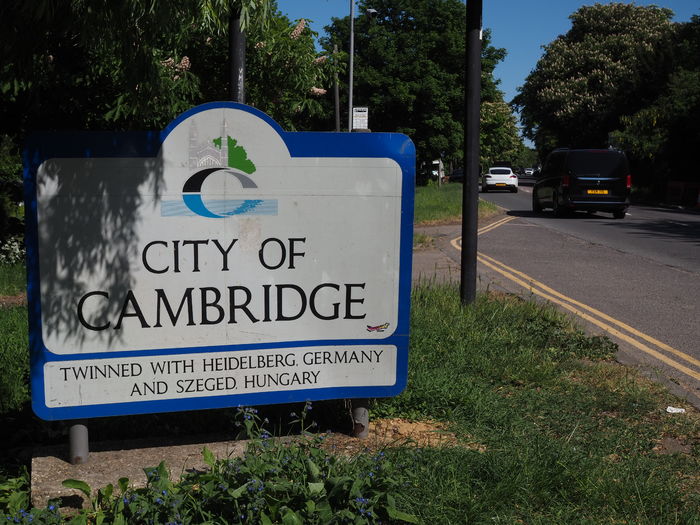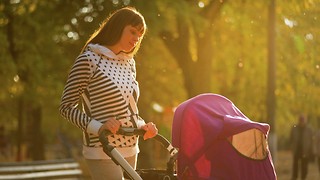A walk on the wild side with Cambridge’s hidden nature
From peregrine falcons to otters, Jonathan Liu reveals some of Cambridge’s weird and wonderful wildlife hiding in plain sight

For a moment I could forget that I was still in Cambridge. All around me, glowing in the morning sunlight, were white cliffs of chalk, a corner of the Dover coast transplanted 100 miles inland. I was in Cherry Hinton Pit, on the lookout for the fastest animal in the world: the peregrine falcon.
My guide for that morning was Darren Benson, an amateur birdwatcher and photographer. It was a wintry day on King’s Parade in 2014 when he spotted his first peregrine falcon, perched atop King’s College Chapel in the snow. For Darren, “ever since then I was hooked”. Following that moment, Darren has spent the past decade monitoring and photographing Cambridge’s resident falcons on an almost daily basis. Once I catch my first glimpse of a falcon up close, the obsession suddenly makes sense.
“Look! There she comes,” Darren pointed out to me as a female falcon came swooping in overhead. Wings tucked, she made a graceful arc towards the outcropping that served as a nest. Through my binoculars, I could see in precise detail the yellow shock of her talons and a look of cold indifference. In his book The Peregrine, JA Baker wrote, “pictures are waxworks beside the passionate mobility of the living bird”. When faced with the real thing, it is hard to disagree.
“Some girls were walking past in their fancy dresses for one of the balls when this bird carcass came onto them”
Though the use of pesticides such as DDT pushed peregrine falcons to the brink of extinction in the 1960s, their numbers have since rebounded. Increasingly, they have been settling in the UK’s cities and, since 2014, peregrines have returned to Cambridge. While the gothic spires and towers of the cityscape offer ideal vantage points for hunting and safe spots for nesting, the resident population of feral pigeons provide readily available food. When that food is finished with, unfortunate pedestrians can find themselves rained upon from up high. “Some girls were walking past in their fancy dresses for one of the balls when this bird carcass came onto them,” Darren recalled. “The crowd were all giggling as the gizzards fell around them”.
Yet peregrine falcons are not alone in making themselves home in the heart of Cambridge. All around the city, from its skies to its waterways and gardens, nature is finding ways to survive and, in some cases, even thrive.
For the past nine years, Dr Justin Gerlach has been running termly surveys of the wildlife in Peterhouse’s gardens. These surveys involve students and staff “walking around the gardens […] just for an hour or so” and “recording whatever animal life we come across”. All in all, 820 separate species have been logged with each successive survey uncovering new species. Findings have ranged from the “very, very strange” Giant Aphid with “mouth parts twice the length of its body” to metre-long grass snakes and barking Muntjac Deer.
“Half of the sites surveyed in Central Cambridge showed signs of recent otter activity”
Camera traps set up by Dr Gerlach in Peterhouse’s gardens have also caught nighttime footage of foraging badgers. Although badgers typically live in rural areas and dislike disturbance from humans, there is a thriving population in the city of Cambridge, with a total of 12 known badger setts. However, living in such proximity to humans isn’t without its difficulties. One group of badgers has been living in the heart of the Botanic Gardens for the past 15 years and their proclivity for “digging up the lawn in search of Chafer grubs” can cause nuisance for long-serving gardener John. Nevertheless, for John, “being able to work here surrounded by all this wildlife is just amazing” and through solutions like putting up netting to protect plants and building walkways to minimise disturbance, “we’re able to coexist alongside each other”.
Despite pollution from sewage and agricultural run-off damaging the health of the River Cam, surprising types of wildlife can be found here too. In the early hours of the morning, before the rowers and punts make their way onto the water, otters have been spotted within the city. Though exact numbers aren’t known, a 2022 survey found that half of the sites surveyed in Central Cambridge showed signs of recent otter activity. Further down river, there is even a population of around 20 common seals with one, nicknamed “Neil the Seal”, becoming a social media hit in 2023 when he was caught sunning out on the banks of the River Cam.

Though nature is increasingly under global existential threat, conservation work is being done locally on a university and college level. For Sarah Claydon, head gardener at Pembroke College, “the whole garden is linked to trying to create a biodiverse environment” through providing “food for the animals […] and shelter for them”. This “holistic approach for gardening” has involved allowing wildflower meadows to bloom to support pollinators, the setting up of new bat boxes and ‘bug hotels’ and moving from chemical treatment to hand-picking weeds and organic feed. The result is what Sarah dubs a “green heart” in the centre of Cambridge, somewhere she hopes students can better relax with birdsong all around.
Other individuals take an even more direct approach to supporting Cambridge’s fauna. When a pair of peregrine falcons started nesting near Pembroke College, Jamie Clarkson, an Engineering PhD student at Trinity Hall, would monitor them “from quarter past five in the morning till six in the evening” alongside other birdwatchers such as Darren Benson. This surveillance was particularly important during fledging, the time period when peregrine chicks leap out of their nest to make their first ever flight. With the peregrine nest located just 20 feet above a street busy with both car and pedestrian traffic, if a peregrine chick fails to fly and falls to the ground, they risk being injured or, at worst, being hit by a car.
“If a peregrine chick fails to fly and falls to the ground, they risk being injured or, at worst, being hit by a car”
Darren recalled one particularly stressful incident when a peregrine chick “hit the ground and then this dog tried to lunge at it, dragging its owner along with it”. Jamie had to desperately scramble after it and try to capture the bird safely all amidst the chaos of a busy afternoon on Trumpington Street.
Jamie concedes that not everybody is able to “take it quite as far as me and Darren”. Nevertheless, Dr Gerlach still believes there remain ways ordinary students can support wildlife and its research within Cambridge. In particular, citizen science projects such as iNaturalist, an app where users upload geolocated images of wildlife, are in Dr Gerlach’s view “genuinely scientifically useful” and able to leave a “permanent contribution” beyond the few years someone spends in Cambridge.
More than that, it is important to simply appreciate what is out there, all around us, often hiding in plain sight. So, if you ever find yourself on a stroll through Cambridge in the morning before the city starts to wake up, keep your eyes and ears out. It might be worth stopping and looking around. Whether it’s a badger foraging in the undergrowth, a peregrine swooping overhead or an otter slipping under the water, you might just get lucky.
 Features / Should I stay or should I go? Cambridge students and alumni reflect on how their memories stay with them15 December 2025
Features / Should I stay or should I go? Cambridge students and alumni reflect on how their memories stay with them15 December 2025 News / Dons warn PM about Vet School closure16 December 2025
News / Dons warn PM about Vet School closure16 December 2025 News / Cambridge study finds students learn better with notes than AI13 December 2025
News / Cambridge study finds students learn better with notes than AI13 December 2025 News / News In Brief: Michaelmas marriages, monogamous mammals, and messaging manipulation15 December 2025
News / News In Brief: Michaelmas marriages, monogamous mammals, and messaging manipulation15 December 2025 Comment / The magic of an eight-week term15 December 2025
Comment / The magic of an eight-week term15 December 2025










